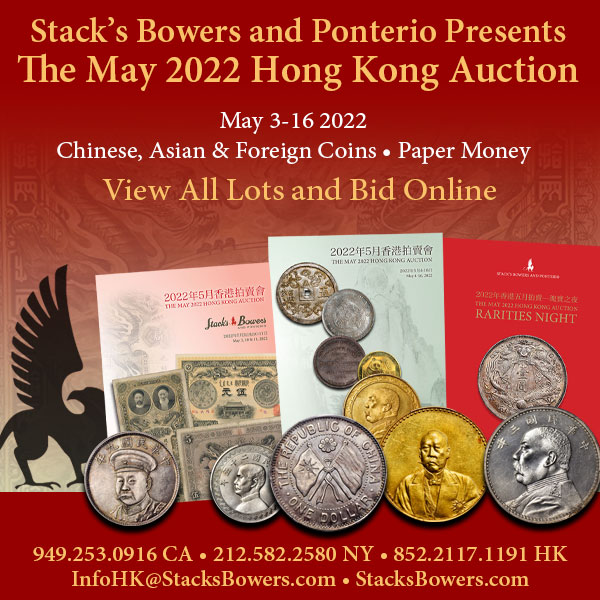
PREV ARTICLE
NEXT ARTICLE
FULL ISSUE
PREV FULL ISSUE
V25 2022 INDEX E-SYLUM ARCHIVE VOCABULARY TERM: INSCRIPTIONHere's another entry from Dick Johnson's Encyclopedia of Coin and Medal Terminology. -Editor Inscription. The lettering on a coin or medal usually appearing horizontally across the field, or upon a figure or device, but in the broadest sense lettering in any position on a numismatic item. It differs from legend which is lettering following the circular contour of the round coin or medal; and exergue, the lettering in this area below the base line. Also vertical inscription exists – lettering which appears vertical to the base line – (or even a wavy inscription with an undulating base line). The study of inscriptions on numismatic items is a branch of epigraphy; the lettering on coins and medals is of vital importance, just as is lettering on monuments, temples and buildings is valuable documentation to historians. Inscription Content. Inscriptions are dramatically related to the space available in a coin or medal's design. They are abbreviated, or shortened, to fit a tight space –as for most coins – or occasionally expanded for larger medals (words added or lettering made larger). Inscriptions often contain numbers, as dates (either Arabic or Roman), a monarch's number (most often Arabic). Dates of coronation, inauguration, founding dates, or completion date of some public project, all are found as inscriptions. (See dates and dating.) Often the text of an inscription is composed of mottos, or quotes, as from the Bible, Shakespeare, or prominent authors or poets. (Parts of poems are sometimes inscriptions, in fact the German language has a word for a rhyming inscription on a coin or medal, seligkeitsthaler.) Inscription characteristics. For the most part inscriptions identify the person or event portrayed in the design and reinforces this by title, date or both. Inscriptions are not captions, like the description of the picture portrayed, but rather they are an integral part of the total design. Inscriptions reveal in words the essence or concept of the piece, what the device reveals in design. The lettering of inscriptions on coins and medals is almost always in caps, from the tradition of Greek and Roman inscriptions. The shape or typeface of the lettering is, or should be, in harmony with the style of the device. See lettering. For nearly 2,000 years lettering was formed on coins and medals – at least those that are struck – by punches. A die would be engraved with the device and the lettering would be punched in afterwards to complete the die. See punches, puncheons. (Since 1900 most dies are made from patterns in which both device and lettering, all raised and sunken relief are in the pattern and replicated into the die.) Varieties in inscriptions. More variations are found in lettering than in devices and other pictorial elements in coin and medal designs. Separate letters, particularly with punches, present more opportunity for an errant letter to be used. Errors of spelling are called blundered inscriptions. These are often corrected causing two die varieties of the piece. Dates in inscriptions are sometimes corrected – or updated – and titles are infrequently changed for the monarch or person portrayed. In numismatics, examination of inscriptions is very important for identifying varieties. Cataloging inscriptions. Every letter, punctuation and stop (typographical ornament) should be recorded when cataloging inscriptions. Record exactly every letter and digit; if the numismatic item bears IIII do not record IV. Follow foreign language exactly. Identify any errors in either spelling or letter defects, as upside down punch, for example. (Broken serifs on punches are even cataloged but only for identifying minor die varieties.) A most important rule: Identify the language of the inscription and translate it into the language of the main text. Inscriptions sometimes appear on coats of arms, shields, or other objects in the design. These should be identified in the description (but are usually not indexed). Indexing inscriptions. When indexing inscriptions, alphabetize by first words; omit the articles "a" and "the" at the beginning only (record all letters but include all articles afterwards); disregard spaces between words and all numbers (both Arabic and Roman). Indexing by computer will include the spaces, so some adjustment may be necessary after the computer sorts inscriptions alphabetically. Foreign language inscriptions are indexed exactly as they appear on the numismatic item. Long inscriptions (as a typographic reverse) may be indexed by first words but may be shortened to the first line or two (then adding an ellipse, "..."). This eliminates the need to record the entire lengthy inscription in the index. Some European numismatic catalogs index all the cataloged items by their inscriptions – so important is it considered in European numismatic and medallic art. For some reason such an index seems less important to Americans.
References:
To read the complete entry on the Newman Numismatic Portal, see:
Wayne Homren, Editor The Numismatic Bibliomania Society is a non-profit organization promoting numismatic literature. See our web site at coinbooks.org. To submit items for publication in The E-Sylum, write to the Editor at this address: whomren@gmail.com To subscribe go to: https://my.binhost.com/lists/listinfo/esylum All Rights Reserved. NBS Home Page Contact the NBS webmaster 
|
